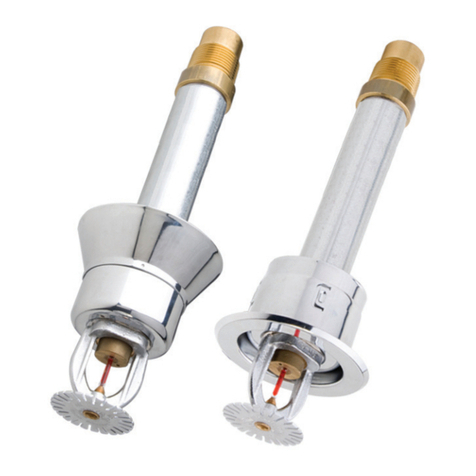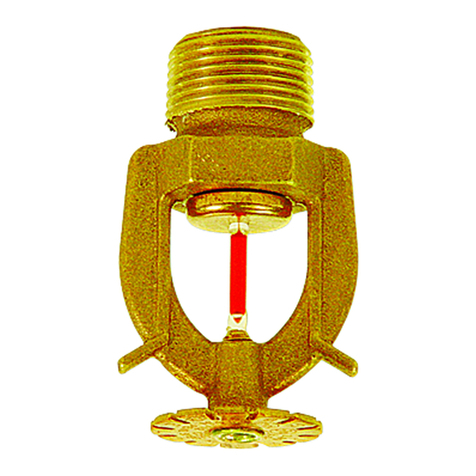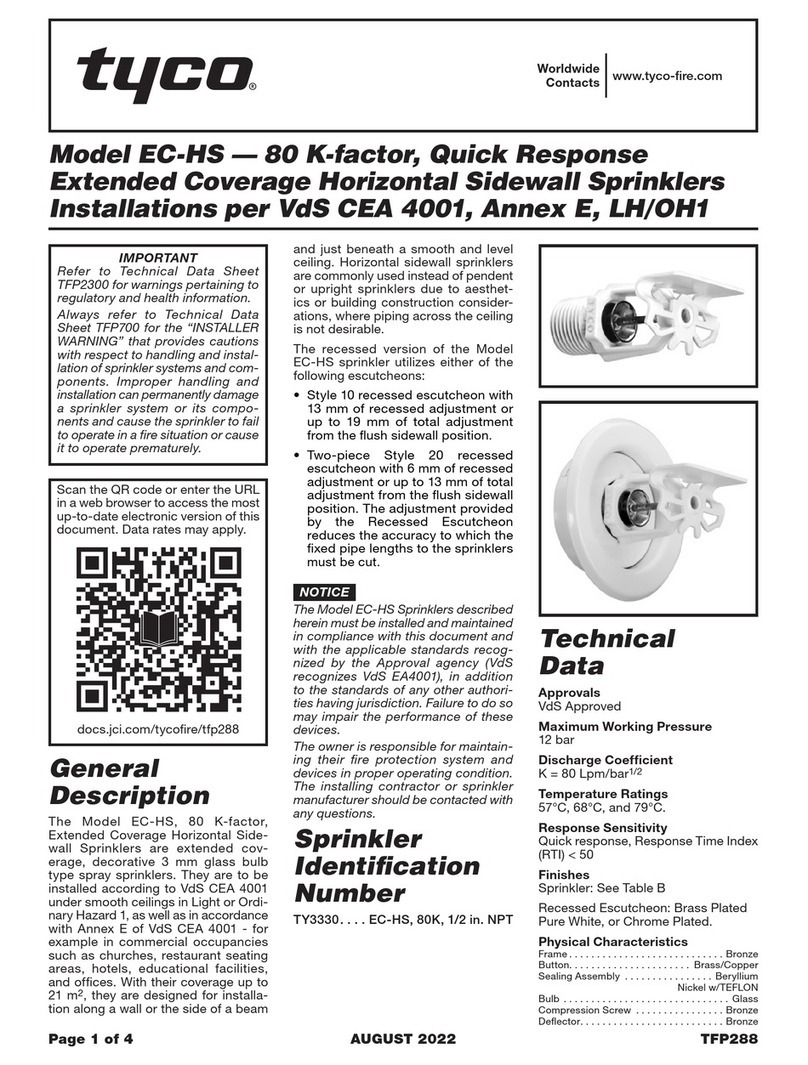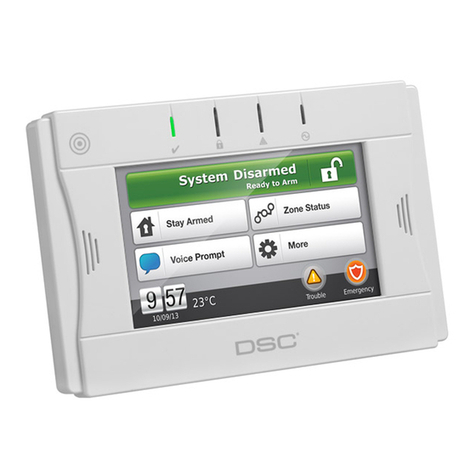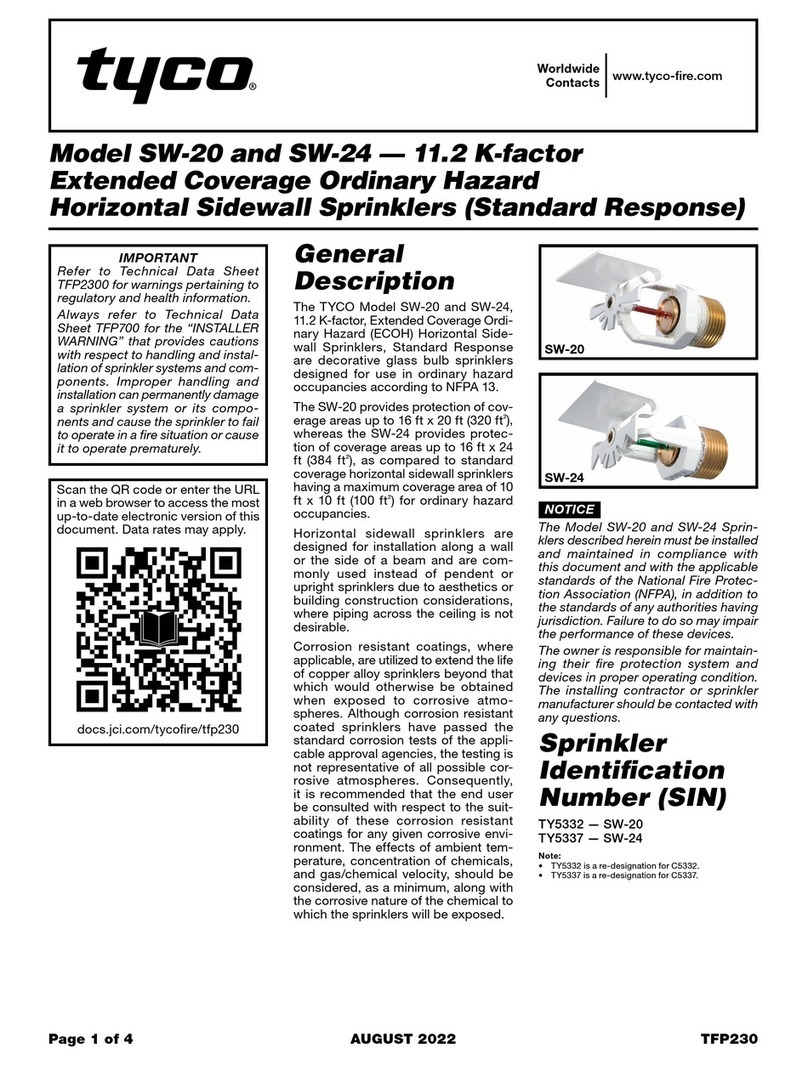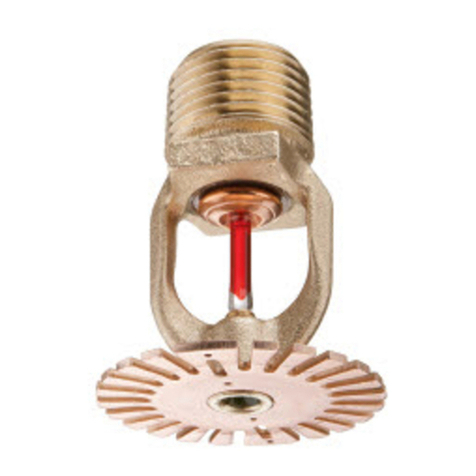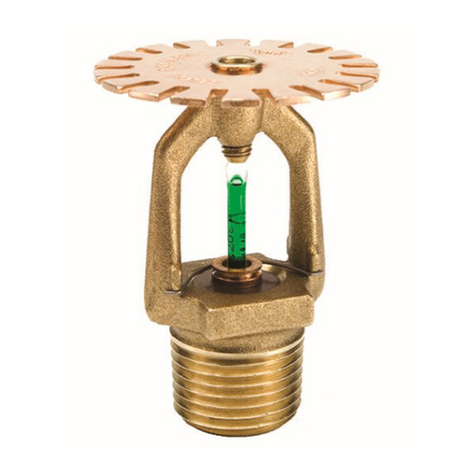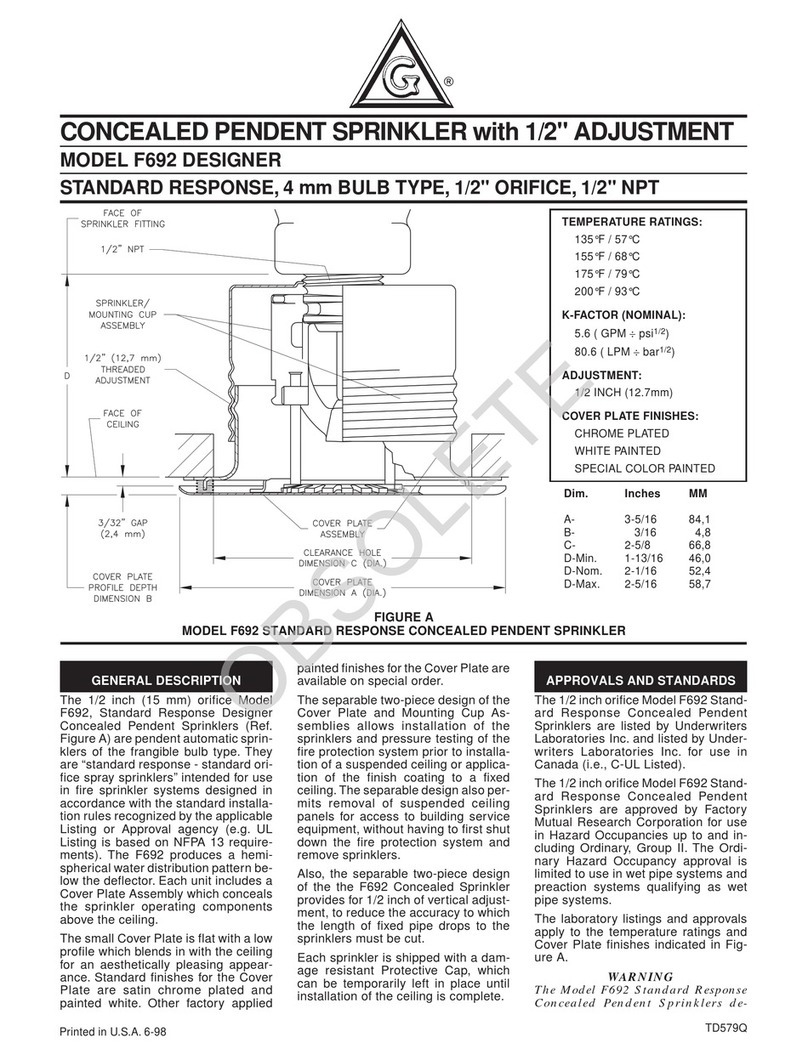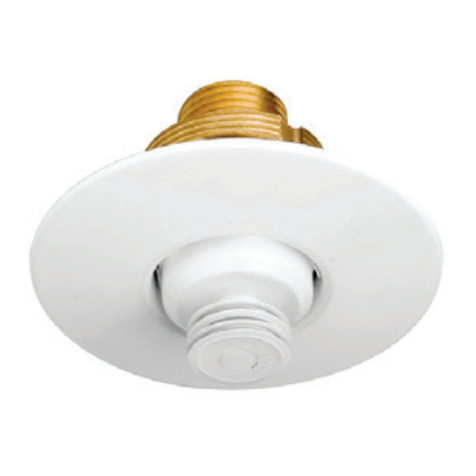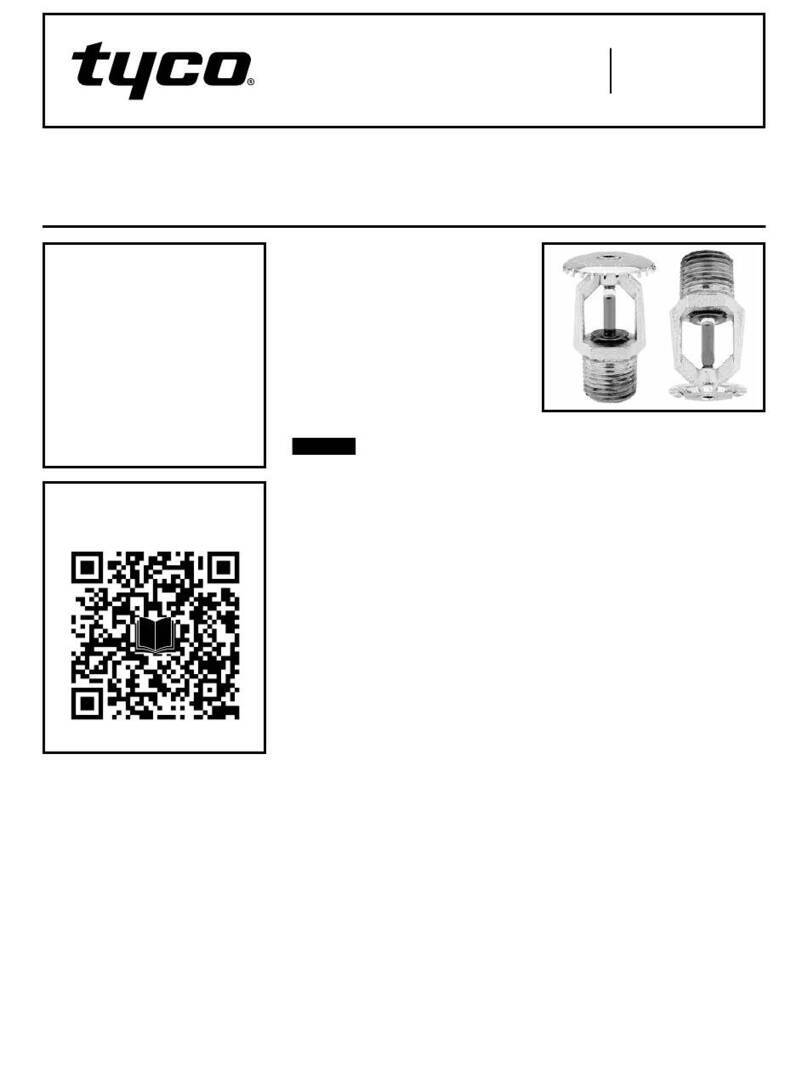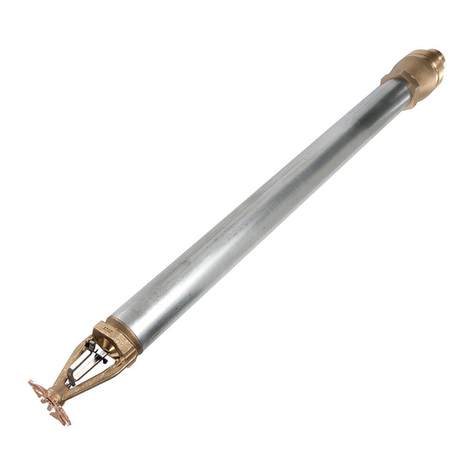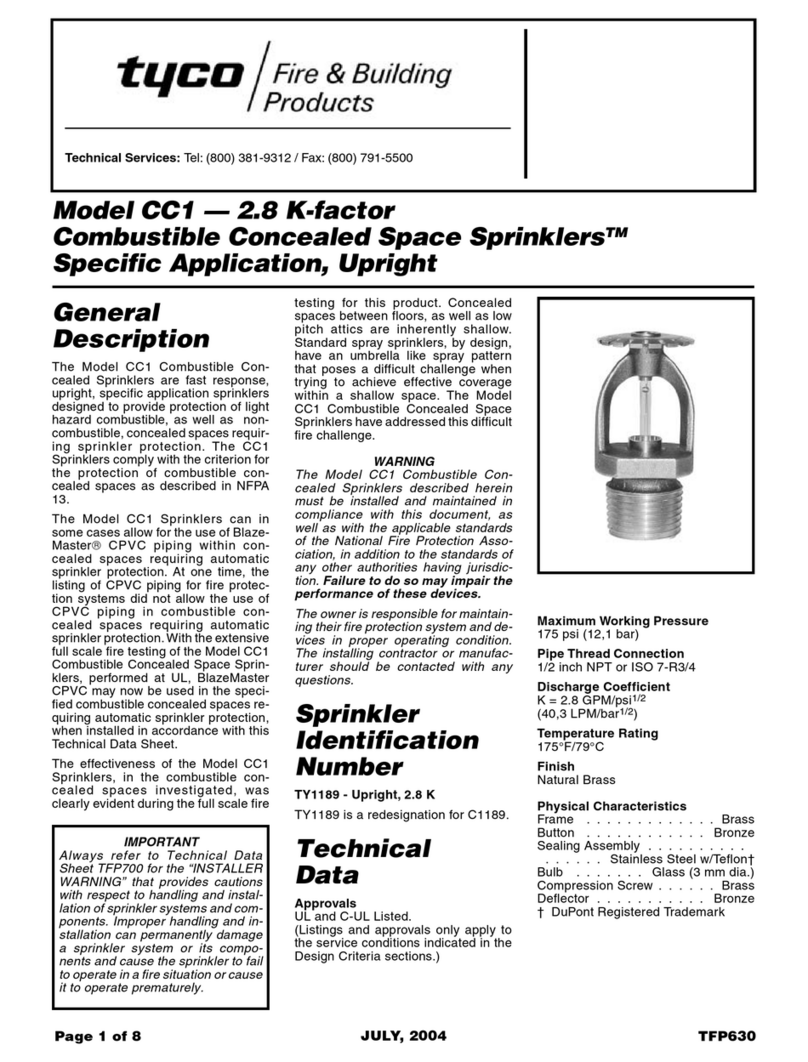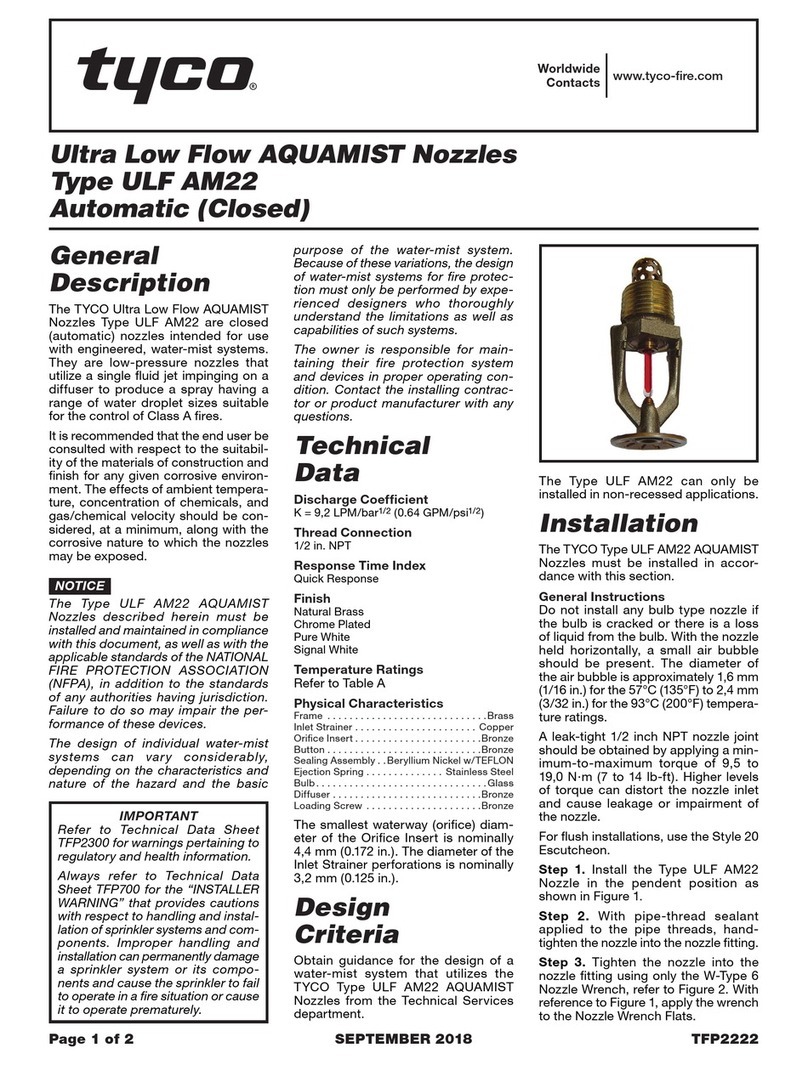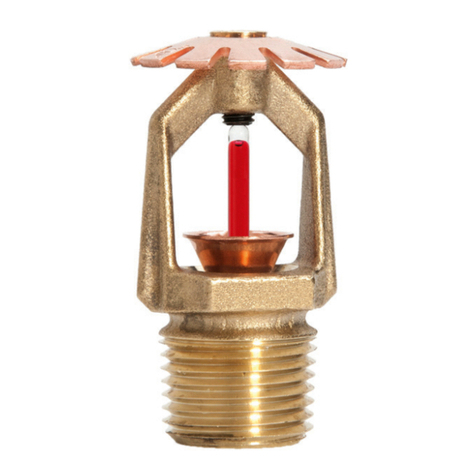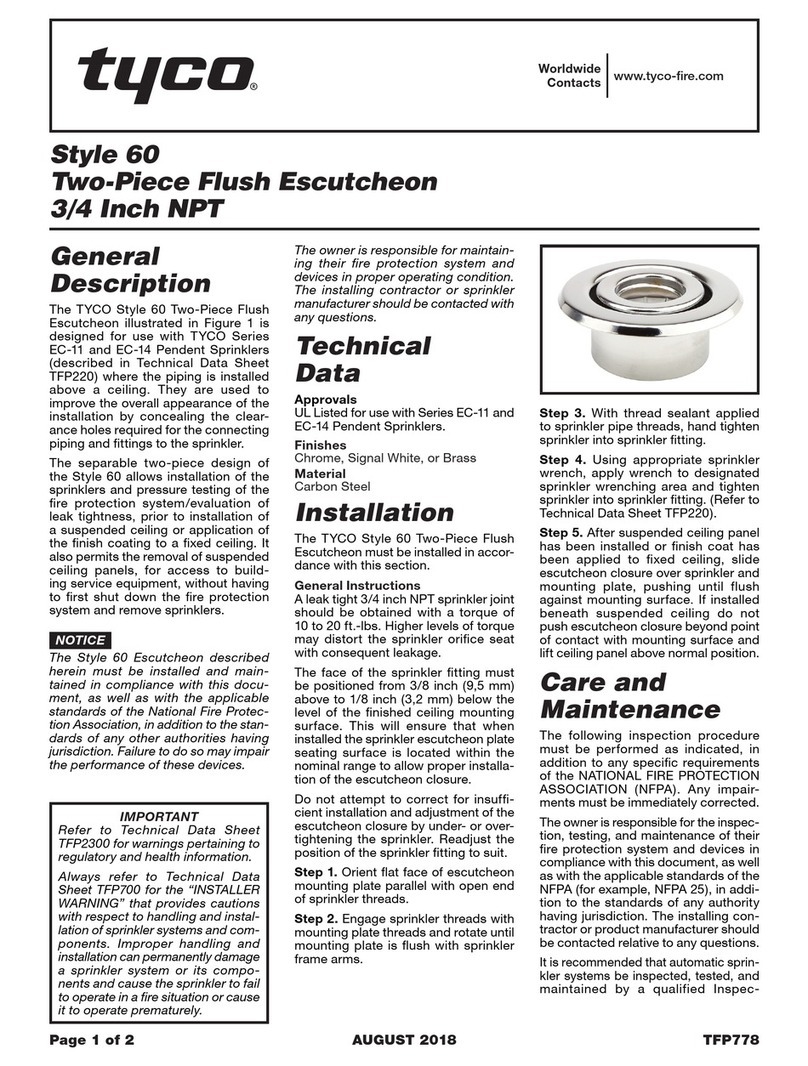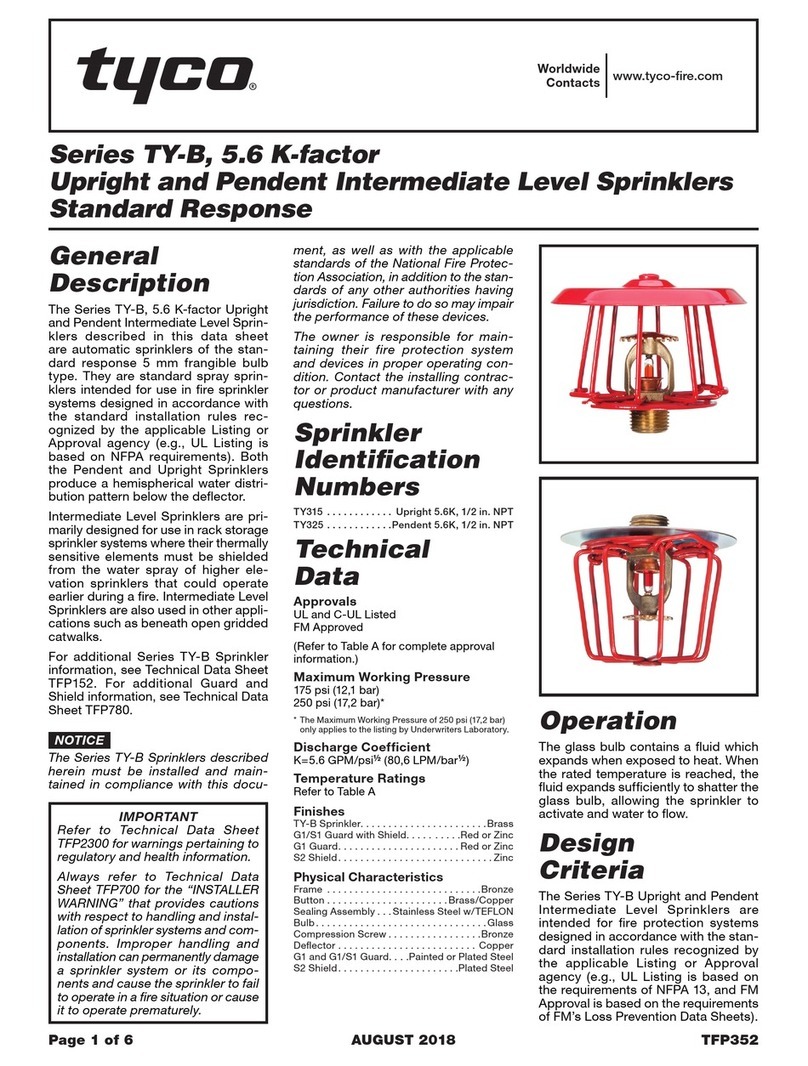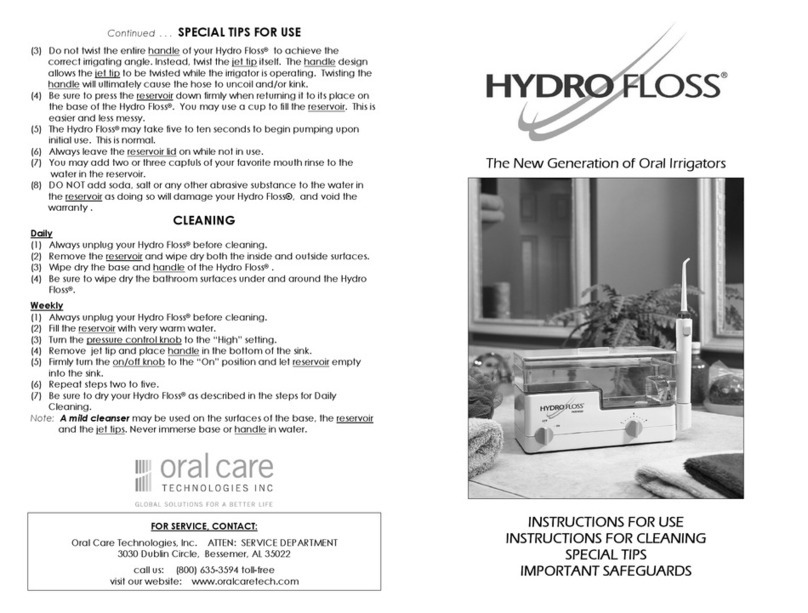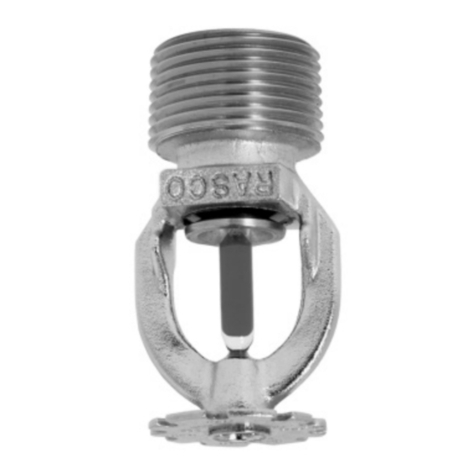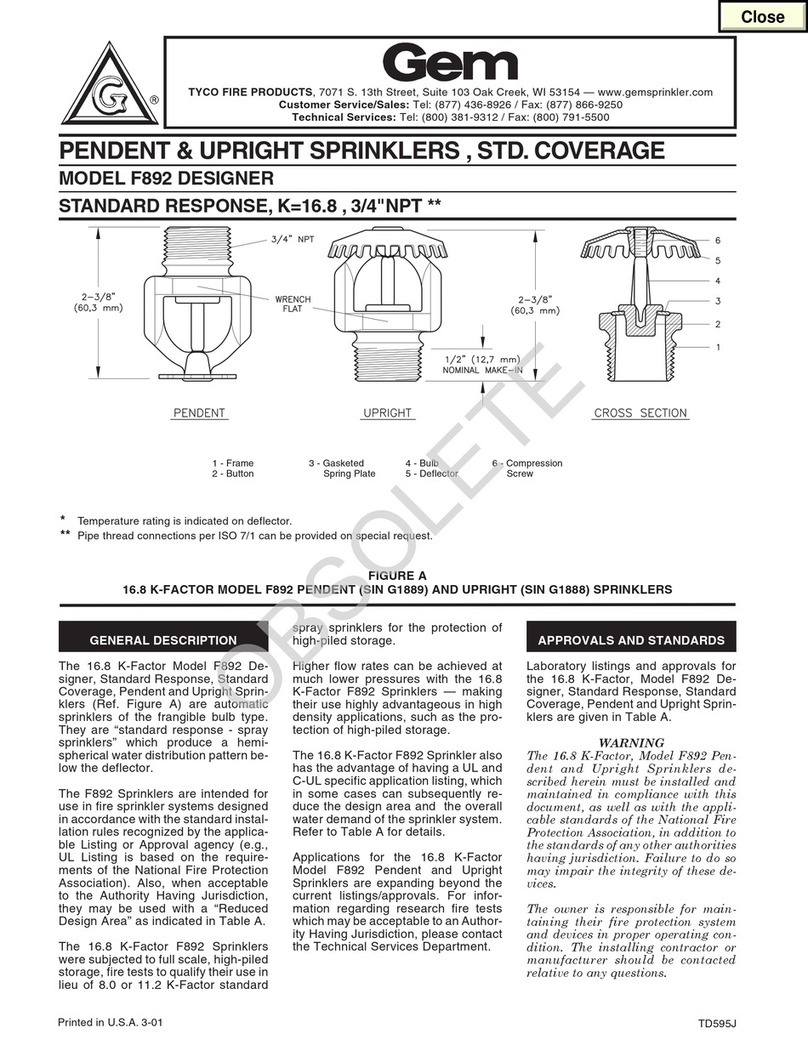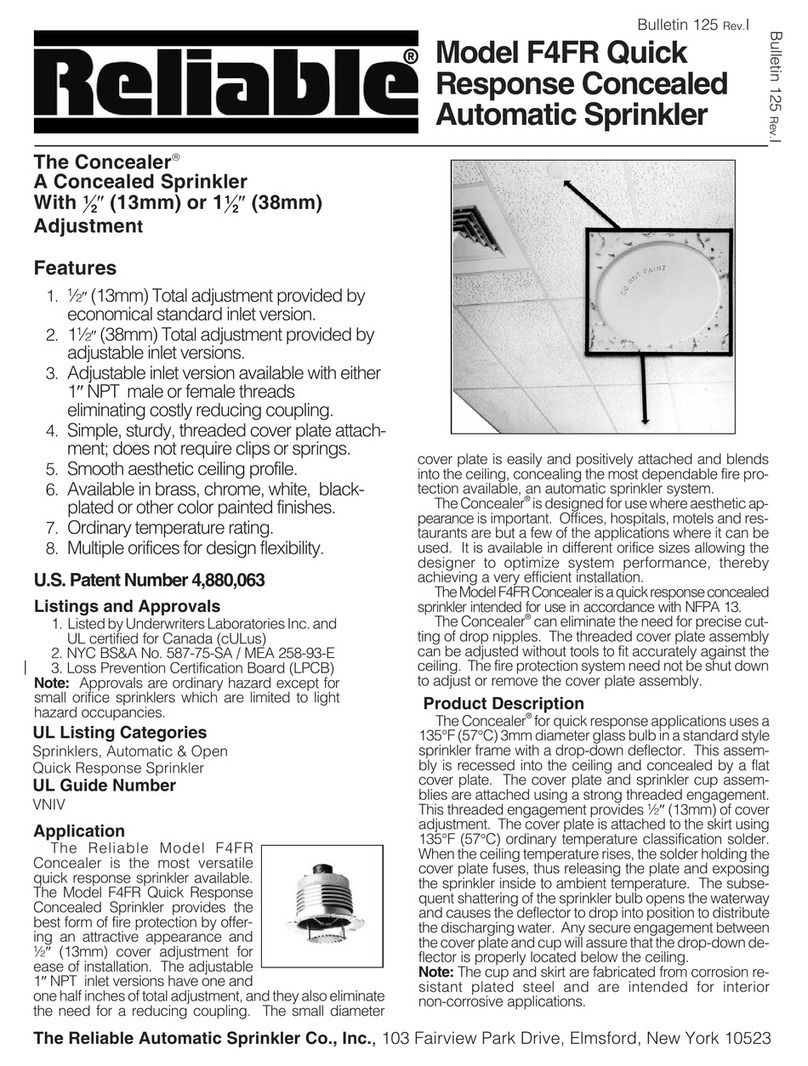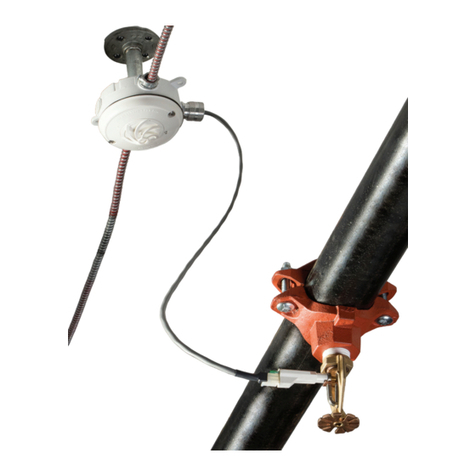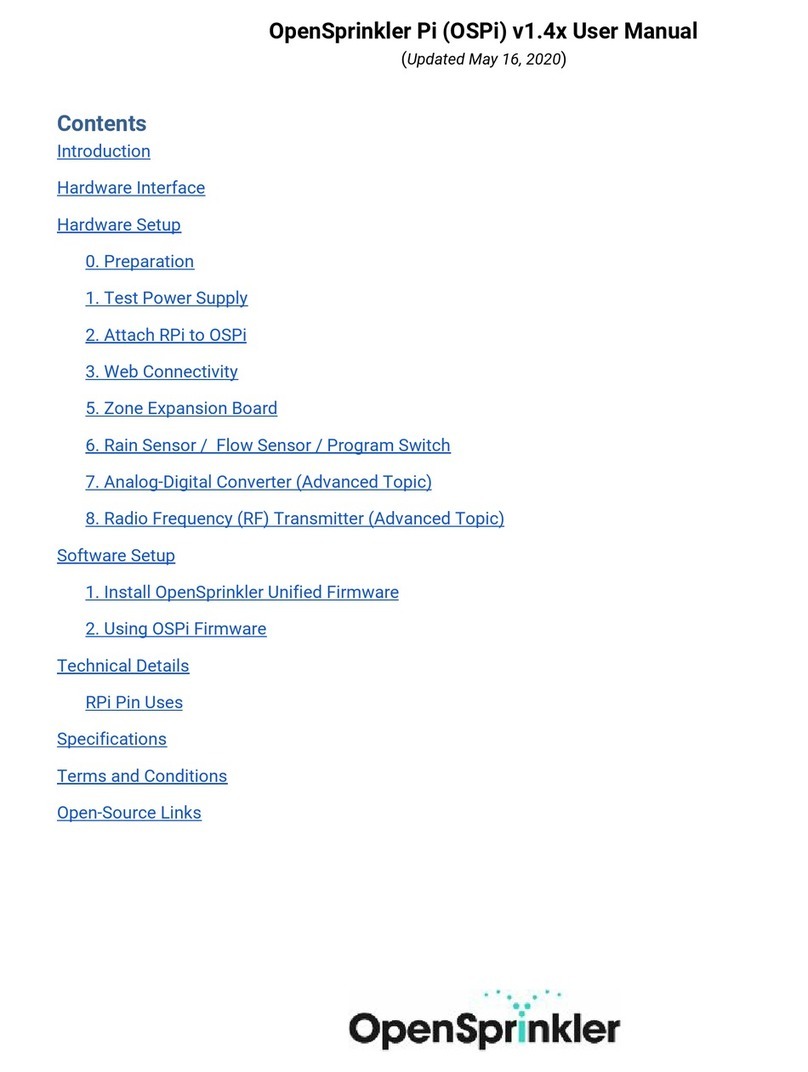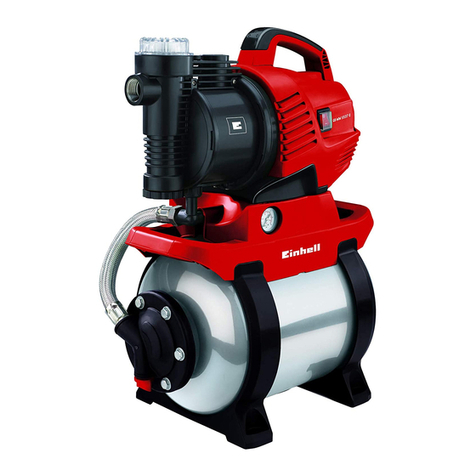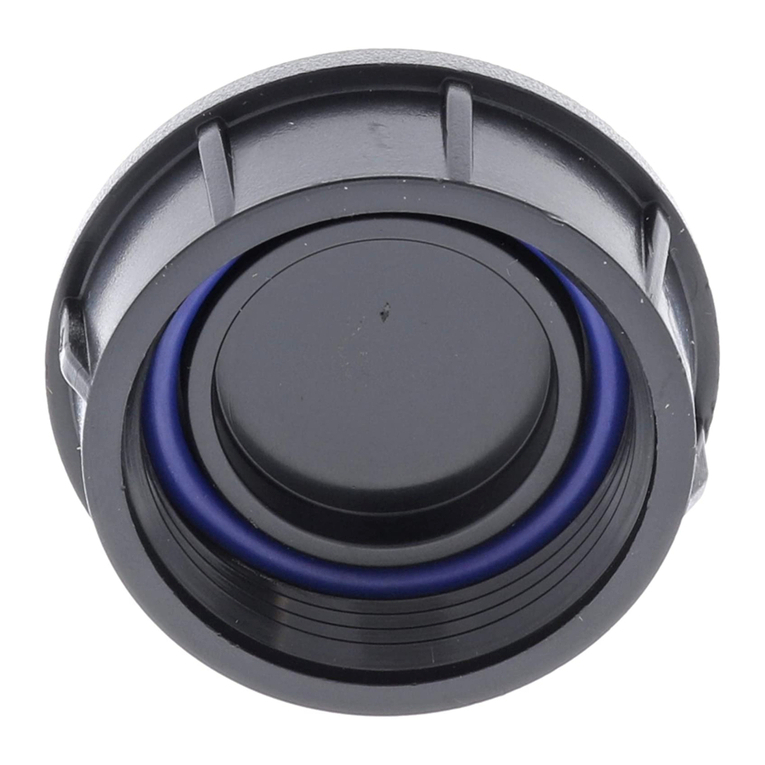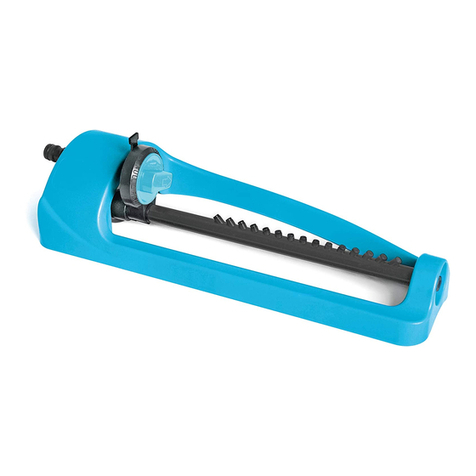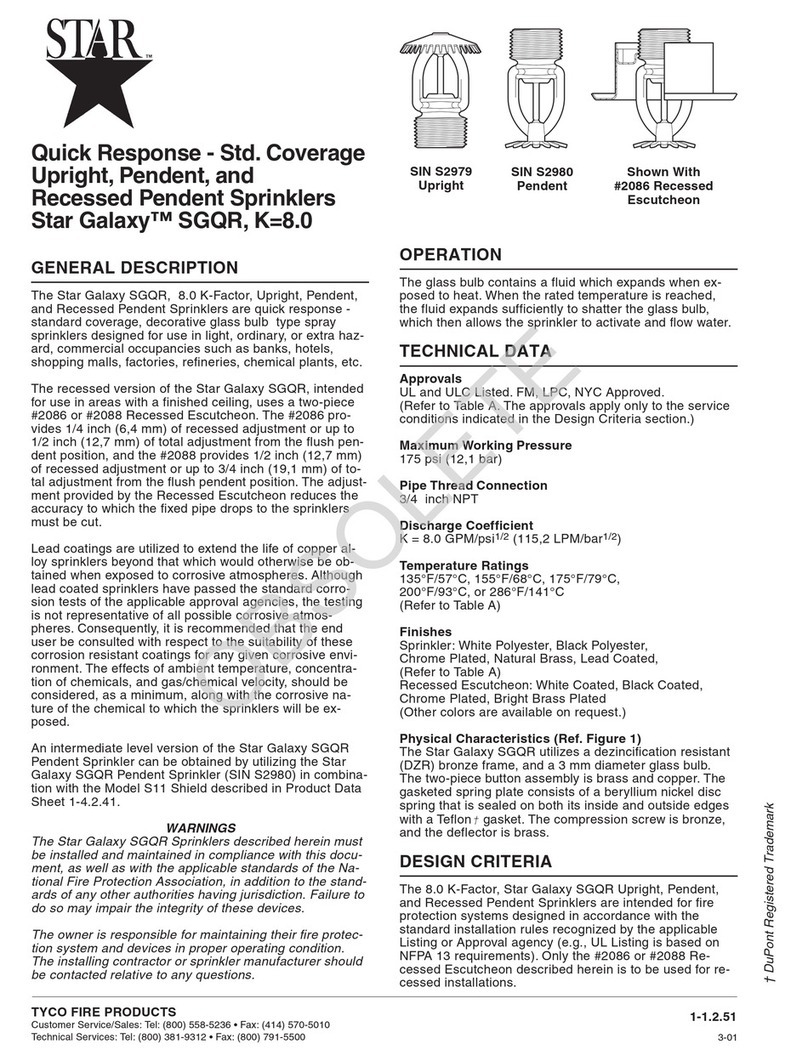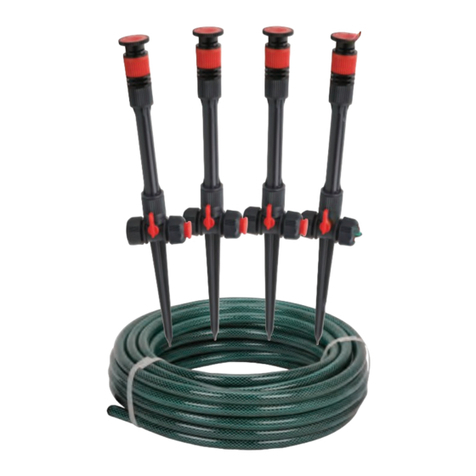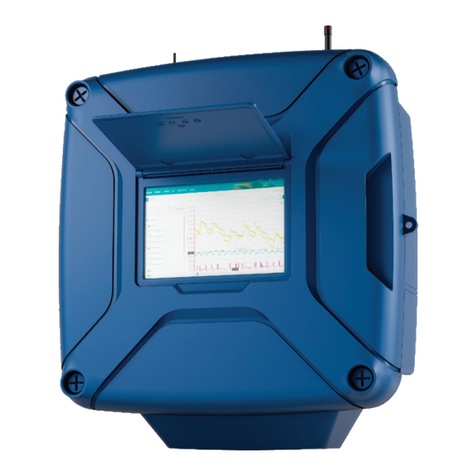
Design
Criteria
Obtain guidance for the design of a wa-
ter-mist system that utilizes the TYCO
Type ULF AM27 AQUAMIST Nozzles
from the Technical Services department.
Installation
The TYCO Type ULF AM27 AQUAMIST
Nozzles must be installed in accordance
with the following instructions.
NOTICE
Do not install any bulb-type nozzle if the
bulb is cracked or there is a loss of liq-
uid from the bulb. With the nozzle held
horizontally, a small air bubble should be
present. The diameter of the air bubble
is approximately 1,6 mm (1/16 inch) for
the 57°C/135°F to 2,4 mm (3/32 inch)
for the 93°C/200°F temperature ratings.
Obtain a leak-tight 1/2 inch NPT nozzle
joint by applying a minimum-to-maxi-
mum torque of 9,5 to 19,0 Nm (7 to 14
ft.-lbs.). Higher levels of torque can dis-
tort the nozzle inlet and cause leakage
or impairment of the nozzle.
Do not attempt to compensate for insuffi-
cient adjustment in the escutcheon plate
by under or over-tightening the nozzle.
Re-adjust the position of the nozzle fit-
ting to suit.
Type ULF AM27
The Type ULF AM27 AQUAMIST Nozzles
must be installed in accordance with
the following instructions.
Step 1. Install the Type ULF AM27 in the
pendent position as shown in Figure 1.
Step 2. With pipe-thread sealant ap-
plied to the pipe threads, hand-tighten
the nozzle into the nozzle fitting.
Step 3. Tighten the nozzle into the
nozzle fitting using only the W-Type 6
Wrench (refer to Figure 3). With refer-
ence to Figure 1, apply the W-Type 6
Wrench to the Wrench Flats.
Type ULF AM27 Recessed
The Type ULF AM27 AQUAMIST Re-
cessed Nozzles must be installed in ac-
cordance with the following instructions.
Step 1. Install the Recessed Type ULF
AM27 in the pendent position as shown
in Figure 2.
Step 2. After installing the Style 20
Mounting Plate, as applicable, over the
nozzle threads and with pipe-thread seal-
ant applied to the pipe threads, hand-
tighten the nozzle into the nozzle fitting.
Step 3. Tighten the nozzle into the nozzle
fitting using only the W-Type 7 Wrench
(refer to Figure 4). With reference to
Figure 1, apply the W-Type 7 Wrench
to the nozzle Wrench Flats.
Step 4. After the ceiling has been in-
stalled or the finish coat has been ap-
plied, slide on the Style 20 Closure over
the Type ULF AM27 Nozzle and push
the Closure over the Mounting Plate
until its flange comes in contact with
the ceiling.
Care and
Maintenance
The TYCO Type ULF AM27 AQUAMIST
Nozzles must be maintained and ser-
viced in accordance with the following
instructions.
NOTICE
Before closing a fire protection system
main control valve for maintenance
work on the fire protection system that
it controls, obtain permission to shut
down the affected fire protection system
from the proper authorities and notify
all personnel who may be affected by
this action.
Absence of an escutcheon, which is
used to cover a clearance hole, can
delay the time to nozzle operation in a
fire situation.
Exercise care to avoid damage to Type
ULF AM27 Nozzles before, during and
after installation. Never paint, plate,
coat, or otherwise alter nozzles after
they leave the factory.
To prevent impaired performance, re-
place nozzles that:
• were modified or over-heated.
• were damaged by dropping, strik-
ing, wrench twisting, wrench slip-
page, or the like.
• are leaking or showing visible signs
of corrosion.
• were exposed to corrosive products
of combustion but not operated if
they cannot be completely cleaned
by wiping the nozzle with a cloth
or by brushing it with a soft bristle
brush.
• have a cracked bulb or have lost liq-
uid from the bulb. (Refer to the In-
stallation section.)
Frequent visual inspections are recom-
mended to be initially performed for
nozzles installed in potentially corro sive
atmospheres to verify the integrity of the
materials of construction and finish as
they may be affected by the corrosive
conditions present for a given instal-
lation. Thereafter, annual inspections
per NFPA 25 are required, in addition
to inspections required by the authority
having jurisdiction.
Responsibility lies with the owner for the
inspection, testing, and maintenance of
their fire protection system and devices
in compliance with this document, as
well as with the applicable standards of
the National Fire Protection Association
(for example, NFPA 20, 25, and 750), in
addition to the standards of any other
authorities having jurisdiction. Contact
the installing contractor or sprinkler
manufacturer regarding any questions.
Water-mist fixed systems should be in-
spected, tested, and maintained by a
qualified Inspection Service in accor-
dance with local requirements and/or
national codes.
TFP2227
Page 3 of 4
